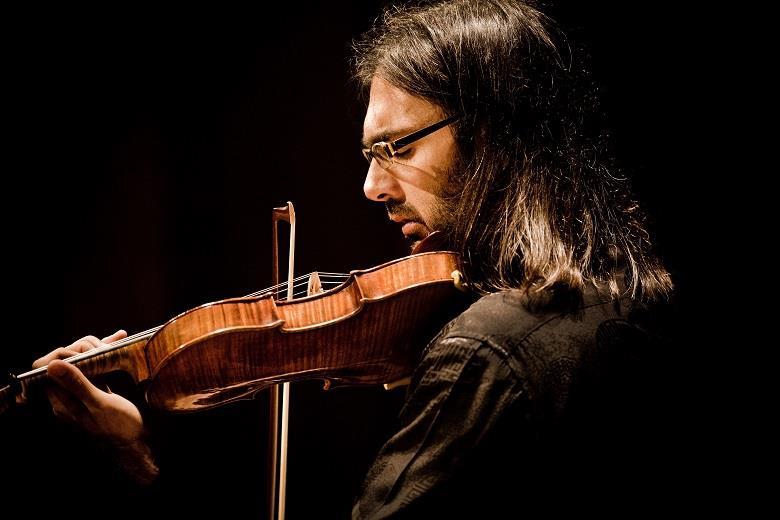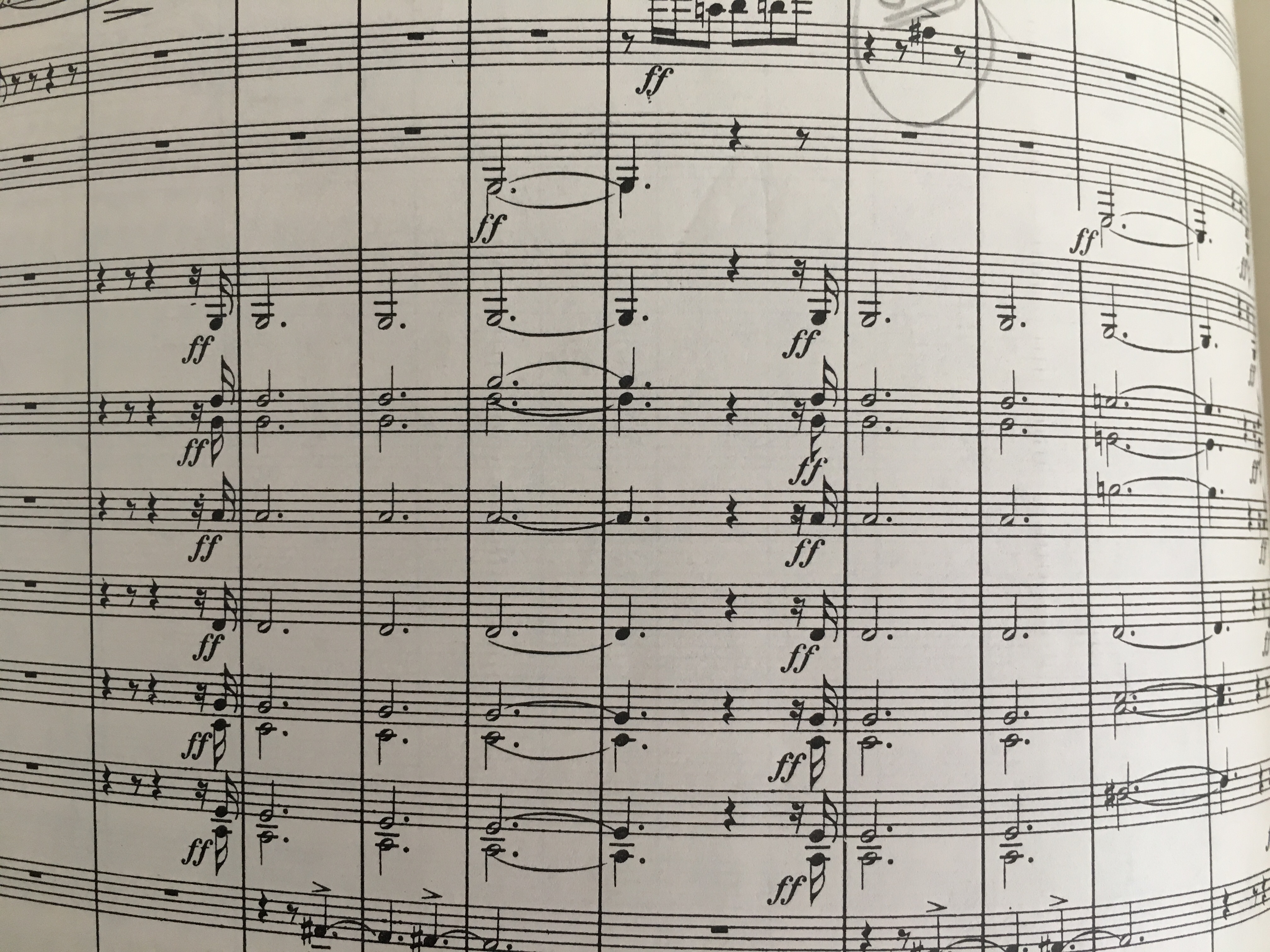
- #Sibelius 5 finale bass bowing how to
- #Sibelius 5 finale bass bowing manual
- #Sibelius 5 finale bass bowing software
In addition to choosing different numbers of lines, there’s an option that entirely hides a staff - “No instrument(hidden)” – and options that show just barlines or just bar rests. Select Choose from > All Instruments and Family > Others (for the most generic type).

To insert a new instrument type, right-click (or ctrl-click on Mac, or choose Create) and select Other > Instrument Change. (The latter makes more sense in conventional music, even though the former will make more sense for this tip.) But the technique is basically the same. This step is a bit confusing for those of us (hand raised) who have been using Sibelius since 1.0, as Sibelius 5 changed the name of this option from Staff Type Change to Instrument Change.
#Sibelius 5 finale bass bowing how to
You’ll still need to account for bars behind the scenes, but once you learn how to handle Sibelius’ staff options, this isn’t so difficult. Oddly enough, the answer to all of these questions is basically the same: change the way the staff is displayed.
#Sibelius 5 finale bass bowing manual
Relevant to this story, this means at least some of the manual hacks for things like beaming across bars and feathered beams will now be automatic! Neat! I’ll have to do new tips for Sibelius 6 when it arrives. Updated: Just days after this feature, Sibelius announces Sibelius 6. That works much of the time, but what if you have music that isn’t in a time signature? What if you’re transcribing early music or world music that doesn’t operate in 4/4? What if you’re making a quiz in which you don’t need bars, or want to have a blank space for students to fill in answers? This is especially true in Sibelius, which is able to perform as quickly as it does because everything you see on a score is relative to a position in a bar, rather than being set up arbitrarily as you would in a page layout program.
#Sibelius 5 finale bass bowing software
To save you time, notation software generally assumes that all music has bars, and that those bars go from left to right with everything visible. Teachers and experimental, avant-garde composers have something in common: you often need to convince notation software to behave in a way that’s contrary to the expected norm. I happen to be sharing this at a discussion at the City University of New York Graduate Center today, so the timing seems right. As a long-time Sibelius user, though I want to discuss some core techniques that I find open up a lot of other possibilities, techniques to which I continually return. Notation is deep and complex, so there’s plenty to talk about. Notation remains an essential way to communicate among musicians. It makes conductors do this kind of thing:įew do it justice better than Leonard Bernstein - performing in Croydon’s Fairfield Hall, of all places.Creating digital music is about more than audio. It’s theatrical, it’s tense, it’s triumphant. It basically gives the stick-waggler carte blanche to swagger through the ending like a total god. While we’re on the subject of horns…īy separating the final six chords of this movement, and the whole symphony, Sibelius created one of the finest ‘conductor moments’ in classical music.



Like, how did he even get that from those swans? And he naturally went for the horn rather than the oboe? He’s a genius. But this is how Sibelius interpreted it, in these horn chords: So in our heads and probably yours, there’s not a huge amount of symphonic potential there. So, Sibelius wanted to convey the majestic call of the whooper swan for one of the movement’s main themes.


 0 kommentar(er)
0 kommentar(er)
